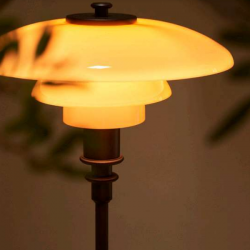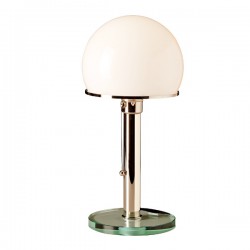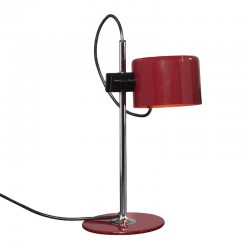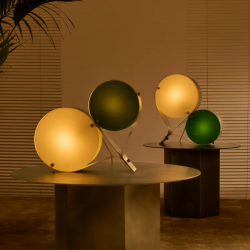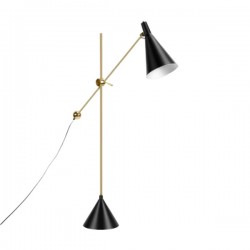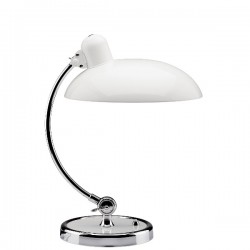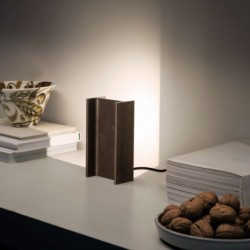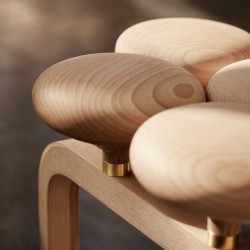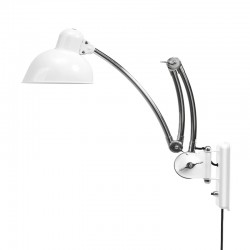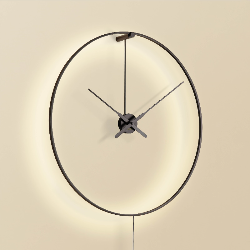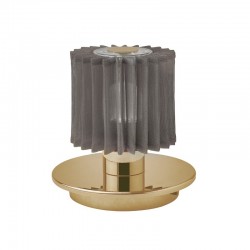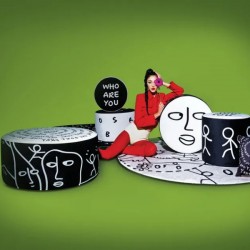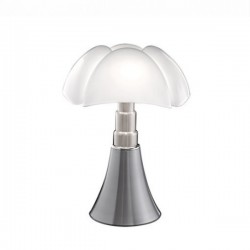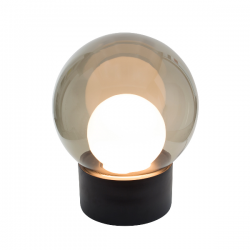Louis Poulsen PH 2/1 Dusty Terracotta Table Lamp
Poul Henningsen aimed for glare-free, direct light where it was most needed and soft shadows, using incandescent lamps as the light source. Henningsen’s mathematical approach to lighting – using the logarithmic spiral – led to the development of the three-shade system and the subsequent product family in 1925-6.
Over the years, this has included hundreds of different models, ranging from floor lamps to table lamps, pendant lamps, chandeliers and wall lamps.The PH 2/1 Limited Edition 2024 is a smaller version of the classic table lamp, featuring mouth-blown four-layer colored glass shades and a lacquered aged brass stem and base. The lamp is a beautiful statement piece for your home, inspired by Henningsen’s original lamps designed in the 1920s-40s.
- Specifications
Mouth-blown four-layered yellow colored glass with white interior. Bronzed brass with fine hairlines, lacquered
- Size Description
Hight 35,5cm
Diameter Base 12cm
Width 20cm
-
Poul Henningsen
Poul Henningsen was born in Copenhagen by the famous Danish actress Agnes Henningsen. He never graduated as an architect, but studied at The Technical School at Frederiksberg, Denmark from 1911-14, and then at Technical College in Copenhagen from 1914-17. He started practicing traditional functionalistic architecture, but over the years his professional interests changed to focus mainly on lighting which is what he is most famous for. He also expanded his field of occupation into areas of writing, becoming a journalist and an author. For a short period at the beginning of WWII, he was the head architect of the Tivoli Gardens in Copenhagen. But like many other creative people, he was forced to flee Denmark during the German occupation but soon became a vital part of the Danish colony of artists living in Sweden.


 EUR
EUR


